-
Title (Dublin Core)
-
America rolls out the warplanes
-
Article Title and/or Image Caption (Dublin Core)
-
Title: America rolls out the warplanes
-
extracted text (Extract Text)
-
MiLITARY-AIRCRAFT production in the
United States has really begun to go to
town in the last few months. It still has a
long way to go, if it is ever to reach the
50,000 to 80,000-airplanes-a-year output
confidently predicted from time to time.
But it is unmistakably under way and is
constantly gathering both volume and mo-
mentum. In the parlance of flying men,
America’s airplane factories are “rolling out
the tinware,” at an almost incredible rate
considering the few months that have
elapsed since the Government gave them
the go-ahead signal.
Heavy, four-engined land-plane bombers
for Britain and the United States, that once
took weeks and months to build, and equally
long-range flying-boat patrol bombers, are
coming off the assembly line at the rate of
two a day or better. Shorter-range medium
bombers and still smaller and more ma-
neuverable attack bombers—both in the
two-engine category—are being built at
three or four times this speed. Single-
engined fighters and deadly dive bombers
are being turned out with even greater
rapidity, while training planes of the pri-
mary, basic, and advanced types are being
produced in quantities that, figuratively
speaking, warrant their being wrapped up
in bundles and delivered to their purchasers
in dozen lots.
Periodic surveys made by the Aeronauti-
cal Chamber of Commerce illustrate the
gains made in American warplane produc-
tion since the Government ironed out the
problems of plant expansion, taxes, and
amortization and began placing orders late
last summer and last fall. During Novem-
ber the industry turned out 700 military
planes. In December its output rose to 800;
in January it was 1,000; in March, 1,200;
and in April, 1,427. Col. John H. Jouett,
president of the Aeronautical Chamber,
predicted some time ago that a total of
18,000 planes would be produced during
1941, with 30,000, under present programs,
rolling off the assembly line in 1942. He
said America already was coming ‘‘very
near’ the estimated British and German pro-
duction rates of 1,500 planes a month each. |
By the end of 1943, it is now estimated
the U.S. will be producing 3,600 planes of
all categories every month. This will also
mean 9,000 engines and propellers monthly.
Some idea of the expansion needed to reach
that capacity may be gained from the fact
that in the eight months preceding March 1,
1941, the industry's floor space increased
82 percent —to 31,383,967 square feet — |
while its total number of employees increased
88 percent to 226,172. And we have another
21; years before we attain the objective
set before us. |
The task actually assigned to this coun-
try’s aircraft industry by defense officials
is to build a total of approximately 44,000
warplanes, including everything from
trainers to four-engined “flying fortresses”
by July 1, 1942. Of these, 16,500 are for |
the Army, 8,500 for the Navy, more than
15,000 for the British, including Canada,
and 3,600 two-engine and four-engine bomb-
ers to be built under the Knudsen plan of
enlisting automotive facilities for the pro-
duction of aircraft. The allocations indi-
cated here have become largely academic
since passage of the lease-lend act; as a
matter of fact, reliable sources in the air-
craft industry report that at one time
about 90 percent of this country’s warplane
production was going to the British.
In view of frequent assertions, some of
them from high places in the Government,
that aircraft production in the national
defense program has been “lagging,” it is
interesting to know what the industry,
through its spokesman, Colonel Jouett, has
had to say for itself. After recapitulating
the ever-increasing number of warplanes
which American manufacturers have been
called on to build, Colonel Jouett, in one
of his recent ‘progress reports” to the
public, said this:
“The immensity of the job can be realized
when I tell you that in 1939 the industry
did $225,000,000 worth of business; in 1940
our people increased their output to $544,-
000,000, at the same time carrying on a
tremendous plant expansion, and that this
year we hope to turn out $1,500,000,000
worth of airplanes.”
There are exceptions, of course, but, on
the whole, the industry maintains that it is
exceeding by a comfortable margin its own
aircraft-production promises—which it dif-
ferentiates sharply from the wishful-think-
ing “production schedules” bandied about
by politicians. It is confident of its ability
to turn out the 44,000 warplanes it has
promised to build by the middle of next
year, but it has an understandable resent-
ment of seeming to be committed (by some-
body else) to a 50,000 or an 80,000-airplane
program—and thereby being put on a spot
with the public when it produces only what
it has undertaken to produce.
The industry is proud of the fact that,
after carefully surveying its facilities at
the beginning of 1939 and telling the Govern-
ment it could produce 5,500 |
military planes a year, it
actually delivered 5,800 ships |
in 1940, Congress having ap-
proved such a construction
program a few months be-
fore the war began. At the
time of the survey, the in- |
dustry’s total output was
about 200 military planes a
month—and its production
had doubled in the preced-
ing year!
Between the outbreak of
the European conflict in Sep-
tember, 1039, and July, 1940,
when this Government offered
the industry financial help in
the plant-expansion program
required to increase produc-
tion, America’s aircraft
‘manufacturers themselves al-
ready had spent $52,000,000
for new factories and equip-
ment, though they estimated
that ‘only $11,000,000 worth
of it will be needed after the
present emergency is over.
This phase of the industry's
expansion program, of course,
was stimulated by warplane
and warplane-engine orders
from the French and British
in their belated effort to
overcome the numerical and
technical superiority of the
Nazi air force. Through it,
the country gained not only
valuable additional facilities
for the production of aircraft
but priceless experience in
the always difficult task of
building and equipping new
plants and training personnel
to operate them without inter-
rupting the flow of existing
production.
Much has been said about
the automotive industry’s
contribution to the American
warplane production pro-
gram. It is, of course, an im-
portant factor and promises
to become increasingly so as time and the
country’s leaders take it on into an un-
certain future.
Less than 10 percent of the machine tools
used in automobile plants are said to be
immediately acaptable to manufacture of
the airplane itself—a. relatively simple pro-
duction problem compared with that of an
airplane engine. That is Why the Ford
Motor Company, with its genius in tooling
and production, started from scratch when
it agreed to produce 4,000 Pratt & Whitney
1,850 and 2,000-horsepower radial, air-
cooled engines, under a dollar-an-engine
licensing agreement, and built a brand-new
factory, equipped throughout with new
machine tools.
Ford, having also undertaken to fabricate
fuselage, tail surface, and wing sub-assem-
blies of four-motored Consolidated B-24
bombers, in the so-called Knudsen plan to
augment warplane production, also is erect-
ing another new factory specifically de-
signed for this job near Ypsilanti, Mich.
Under the Knudsen
plan, bombers turned
out in semi-finished |
form by Ford and
other automobile
‘manufacturers will be
put together and
equipped with engines
in four huge Govern-
ment-built assembly
plants that are now
under construction at
Omaha, Kansas City, |
Tulsa, and Fort Worth.
This automotive- |
aircraft production
scheme is still to
reach its peak, so far
as output of finished
bombers is concerned.
But there is little
doubt in the aircraft
industry, which has |
been called on for
supervisory personnel
to run the final as-
sembly plants, that
the plan will contrib-
ute materially to the
country’s warplane
production. In addi
tion to long-range,
four-engined Consoli
dated heavy bombers,
these plants are
scheduled to turn out
twin-engined Martin
B-26 and North Amer-
ican B-25 medium
bombers, supplement- |
ing the regular factory output of these three
ships in California and Maryland.
Because of the Government's recent new
accent on heavy-bomber production, ten fac-
tories are scheduled now to produce four-
engined bombers, of which 1,100 are now on
order. Douglas, Consolidated, and Boeing
will each operate two, while Ford, Martin,
North American, and Lockheed will have
one apiece. The combined output of these
ten plants is expected to aggregate 500
monthly, or 6,000 annually, in about a year.
With the B-25 and the B-26, to say noth-
ing of the Consolidated B-24, already coming
off their home-town production lines in sub-
stantial quantities, and the modernized ver-
sion of the original B-17, four-motored “fly-
ing fortress” being turned out ahead of
scheduled delivery dates at Seattle, the
United States is rapidly achieving a well-
rounded program of long and short-range,
land-based air striking power. In the field
of water-borne aircraft, the Navy is looking
after its own long-range bombardment and
scouting needs with the procurement of twin-
engined PBM-1 Martin flying boats and four-
engined PB-2-Y “air dreadnoughts.”
In addition to the production of long and
medium-range bombers, the Army is now
receiving substantial numbers of lighter
and more maneuverable attack bombers,
such as the Douglas A-20 series which is an
American development of the famous DB-T
bombers built first for the French and now
for the British. Sub-assemblies for the
A-20, incidentally, are being fabricated in
Detroit's utomotive plants but this is being
done under contracts foresightedly nego-
tiated by the Douglas company itself, which
have nothing to do with the “Knudsen plan”
of producing 3,600 medium and heavy
‘bombers by the end of 1042. Douglas also
is turning out large numbers of SB-D dive
bombers for the Navy and Marine Corps;
and the Army, abandoning its former lack
of Interest in this type of craft as a result
of the exploits of Germany's Stukas, also
is one of Douglas’ dive-bomber customers.
Other concerns currently producing their
own deadly versions of this single-engine
type of bomber include Vultee, Brewster,
and Curtiss.
The latter firm 1s best known for its
famous Allison-motored P-40 pursuit plane,
Which has been rolling off the assembly
lines at its Buffalo plant in quantity pro-
duction for months to bolster the alr de-
fenses of England and replace obsolete
oquipment of our own Army Alr Corps.
More recently, the Alr Corps has been re-
ceiving, also from Buffalo, the faster and
more formidable Bell P-30 Alracobra, a
tricycle-landing-gear pursuit ship in which
the “submerged” Allison engine is located
behind the pilot, driving the propeller
through an extension shaft extending along
the bottom of the cockpit to the plane’s
nose. In California, Lockheed has begun
production of its twin-engined (Allison)
P-38 pursuit after making thousands of
engineering changes
in the original de-
sign.
Both Pratt & Whit-
ney and Wright, the
principal aircraft-
engine suppliers of
America, have produced air-cooled radial
engines developing 2,000 horsepower or
more. It is no secret, and possibly signifi-
cant of future trends, that the Army is now
sponsoring several pursuit planes designed
around the radial power plants which had
been relegated to
bombers, cargo planes, and other secondary
military airplanes. The fact that the Navy
has stuck consistently for years to air-cooled
engines and brought out a Vought F-4-U
fighter last fall which it announced as “the
fastest airplane in the United States today,”
may have influenced the decision.
Although the twin-engined Lockheed P-38
pursuit has not yet been put in active
service, some Air Corps officers have felt
for a long time that the Army made a
fundamental mistake in its original design
by asking the designers to build a one-place
rather than a pilot and observer-gunner
airplane. They maintained that a twin-
engined ship was “too much airplane” for
one man to handle in a fight. Apparently
the twin-engined German Messerschmitt
110, with its accommodations for a crew
of two, and in some cases three men, has
borne them out. While the first production
orders of the Lockheed will be filled with
single-place planes, subsequent models will
Carry a crew of two.
Reference has been made to the fact that
two manufacturers, Wright and Pratt &
Whitney, which for years have been the
country’s principal source of supply for
military-aircraft engines, have continued
to play this role in America’s frenzied aerial
rearmament program. They have accom-
plished this by one plant expansion after
another at or near their respective original
factories in Paterson, N. J., and East Hart-
ford, Conn,, and by judiciously guiding and
building up a system of engine parts sub-
contracting which has helped to spread their
burden among hundreds of manufacturing
plants in other industries and thus aug-
mented their own rate of production.
Furthermore, they have passed their
product along for manufacture under license
by automotive concerns—Pratt & Whitney
to Ford and more recently to Buick, which
is going to build its 1,200-horsepower, 14-
cylinder radial engine; Wright to the Stude-
baker Corporation, which will build its
1,700-horsepower twin-row Cyclone, and to
Continental, which already 13 building the
420-horsepower Wright “Whirlwind both
for training planes and for the Army's 28-
ton medium tanks. And even now, a big
new factory at Cincinnati, duplicating
Wright's Paterson set-up, is beginning to
turn out high-horsepower engines under the
company's own management, but with a
high percentage of parts produced by auto-
motive and other manufacturers.
-
Contributor (Dublin Core)
-
C. B. Allen (article writer)
-
Language (Dublin Core)
-
Eng
-
Date Issued (Dublin Core)
-
1941-08
-
pages (Bibliographic Ontology)
-
66-73,204
-
Rights (Dublin Core)
-
Public domain
-
Archived by (Dublin Core)
-
Sami Akbiyik
 Popular Science Monthly, v. 139, n. 2, 1941
Popular Science Monthly, v. 139, n. 2, 1941
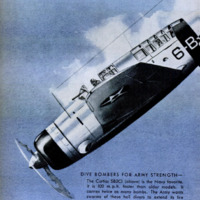 Screenshot_1.png
Screenshot_1.png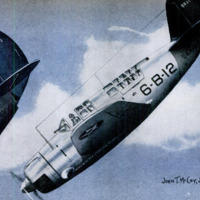 Screenshot_2.png
Screenshot_2.png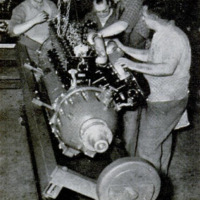 Screenshot_3.png
Screenshot_3.png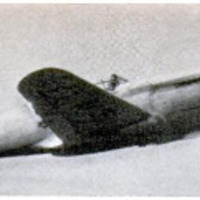 Screenshot_4.png
Screenshot_4.png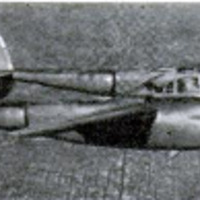 Screenshot_5.png
Screenshot_5.png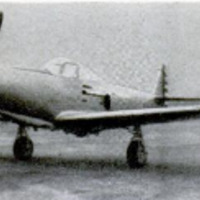 Screenshot_6.png
Screenshot_6.png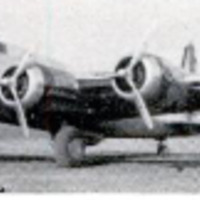 Screenshot_7.png
Screenshot_7.png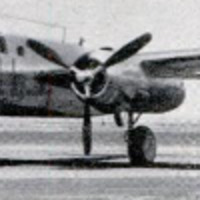 Screenshot_8.png
Screenshot_8.png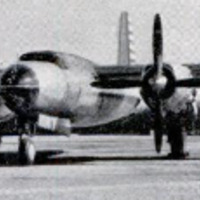 Screenshot_9.png
Screenshot_9.png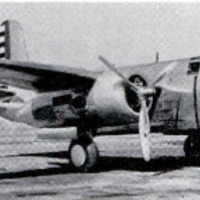 Screenshot_10.png
Screenshot_10.png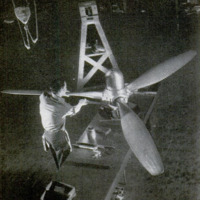 Screenshot_11.png
Screenshot_11.png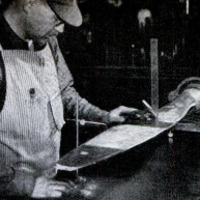 Screenshot_12.png
Screenshot_12.png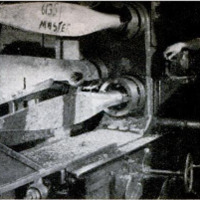 Screenshot_13.png
Screenshot_13.png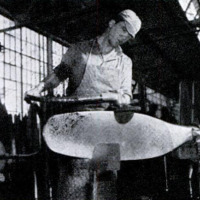 Screenshot_14.png
Screenshot_14.png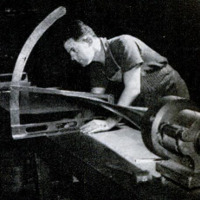 Screenshot_15.png
Screenshot_15.png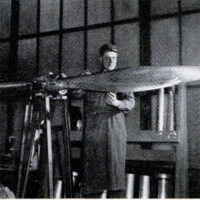 Screenshot_16.png
Screenshot_16.png Screenshot_17.png
Screenshot_17.png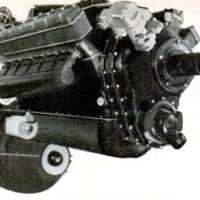 Screenshot_18.png
Screenshot_18.png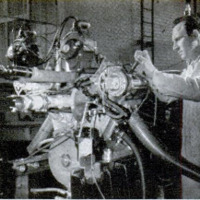 Screenshot_19.png
Screenshot_19.png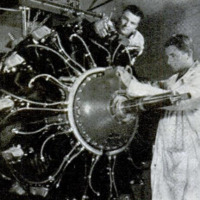 Screenshot_20.png
Screenshot_20.png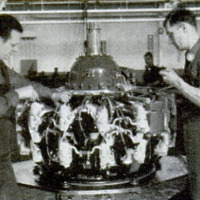 Screenshot_21.png
Screenshot_21.png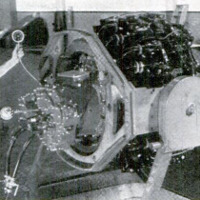 Screenshot_22.png
Screenshot_22.png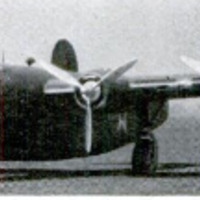 Screenshot_23.png
Screenshot_23.png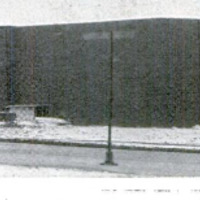 Screenshot_24.png
Screenshot_24.png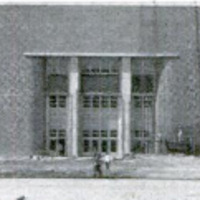 Screenshot_25.png
Screenshot_25.png
























